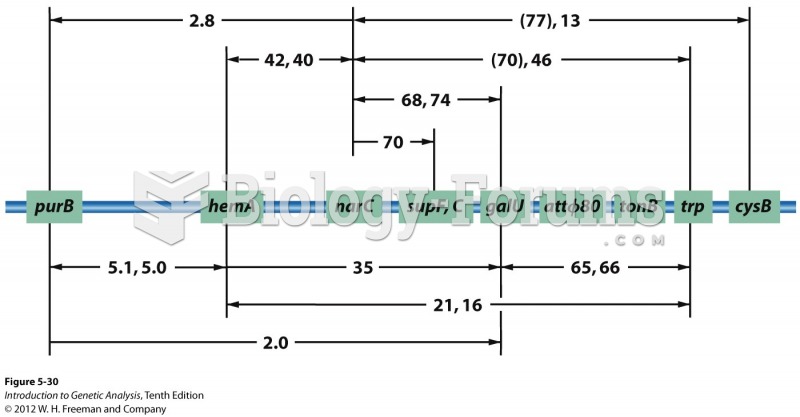Answer to Question 1
Individualism and collectivism: Members of low-context cultures tend to value individualism. They believe that initiative and self-assertion result in personal achievement. They believe in individual action and personal responsibility, and they desire a large degree of freedom in their personal lives. Members of high-context cultures are more collectivist. They emphasize membership in organizations, groups, and teams; they encourage acceptance of group values, duties, and decisions. They typically resist independence because it fosters competition and confrontation instead of consensus. In group-oriented cultures, self-assertion and individual decision making are discouraged. Business decisions are often made by all who have competence in the matter under discussion.
Time orientation: Members of low-context cultures consider time a precious commodity to be conserved. They correlate time with productivity, efficiency, and money. Keeping people waiting for business appointments is considered a waste of time and also rude. Members of high-context cultures may perceive time as an unlimited and never-ending resource to be enjoyed. They often need time for deliberation and contemplation, which can clash with a low-context communicator's desire for speedy decisions.
Power Distance: In low power distance cultures (low-context cultures), subordinates consider themselves as equals of their supervisors. They confidently voice opinions and participate in decision making. Relationships between high-powered individuals and people with little power tend to be more democratic, egalitarian, and informal. In high power distance countries (high-context cultures), subordinates expect formal hierarchies and embrace relatively authoritarian, paternalistic power relationships.
Communication style: People in low-context cultures believe that words are very important, especially in contracts and negotiations. They tend to take words literally. They also value straightforwardness, are suspicious of evasiveness, and distrust people who might have a hidden agenda or who play their cards too close to the chest. They also tend to be uncomfortable with silence and impatient with delays. People in high-context cultures place more emphasis on the surrounding context than on the words describing a negotiation. They tend to play on words and may speak with extravagant or poetic figures of speech that may be misinterpreted if taken literally.
Answer to Question 2
False







